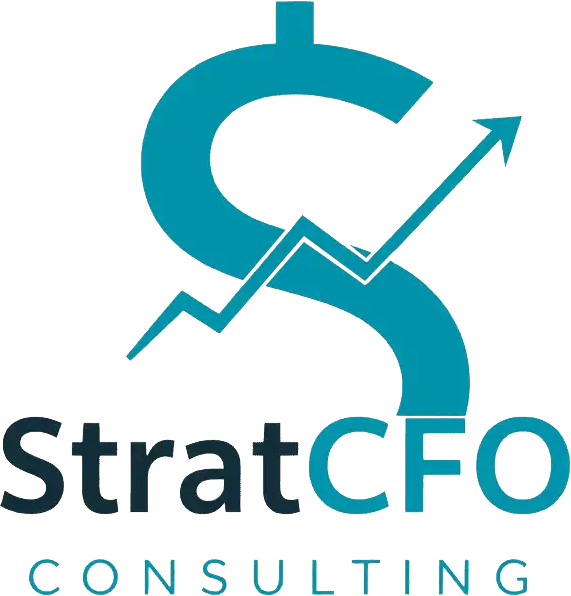
Streamline Your Workflows and Boost Profitability Through Strategic Process Optimization
Running a business with broken processes is like trying to drive with the parking brake on – you're working twice as hard to get half the results. Every day that your systems aren't optimized, you're leaving money on the table and watching opportunities slip through the cracks. Your team gets frustrated, customers notice delays, and you're constantly putting out fires instead of focusing on growth.
Professional process improvement changes everything. When you work with an expert who can see your operations from a fresh perspective, magic happens. Those time-wasting steps that have become "just how things are done" get identified and eliminated. Bottlenecks that have been choking your productivity disappear. Your team starts working smarter, not harder.
The best part? You get a clear, visual map of your optimized processes that becomes your blueprint for success. No more guessing, no more confusion about who does what when. Everyone knows their role, tasks flow seamlessly from one person to the next, and your business runs like a well-oiled machine. Your profitability improves, your stress decreases, and you finally have the efficient operation you've always wanted but never knew how to create.
Process Mapping and Analysis
Visualize real workflows to identify inefficiencies, connect team roles, and make data-driven improvements that stick.
Workflow Optimization
Refine processes by eliminating non-value tasks and delays, enabling faster, error-free work and happier customers.
Internal Controls Assessment
Assess and strengthen controls to prevent errors, fraud, and compliance issues, improving accuracy and reducing risks.
Best Practices Implementation
Adopt proven industry methods tailored to your business to reduce risk, accelerate results, and boost competitiveness.
Performance Measurement Systems
Define key KPIs and use dashboards for real-time insights, accountability, early problem detection, and strategic resource allocation.
Process Documentation and Training
Create clear, accessible process guides to protect knowledge, accelerate onboarding, and ensure consistent quality across teams.
Change Management Support
Provide training and communication to overcome resistance and ensure successful, lasting adoption of process improvements.
Continuous Improvement Framework
Embed ongoing improvement into company culture to empower employees, solve root issues, and stay agile and competitive.
Common Questions Answered
Most projects take 6-12 weeks depending on complexity and scope. Simple workflow optimizations might be completed in a month, while comprehensive system overhauls can take several months. The timeline also depends on your team's availability for interviews, testing, and implementation support.
Not at all. The analysis phase happens alongside your normal operations with minimal disruption. Changes get implemented gradually with proper training and support. Most clients find their operations actually run more smoothly during the improvement process because problems get identified and fixed quickly.
Savings vary by industry and situation, but most clients see 15-30% improvement in efficiency within the first year. Some achieve even greater results, especially when eliminating major bottlenecks or redundant processes. The investment typically pays for itself within 6-12 months.
Not necessarily. Many improvements can be achieved with better organization, communication, and workflows using existing systems. When technology is needed, recommendations focus on practical, cost-effective solutions that integrate with your current setup.
Absolutely. Small businesses often benefit the most because they can implement changes quickly and see immediate results. The approach gets scaled to match your size and resources, focusing on improvements that deliver the biggest impact for your investment.
Management involvement is critical for success, but doesn't require huge time commitments. Leaders need to champion the effort, participate in key decisions, and support the team through changes. Most executives spend 2-4 hours per week during active implementation phases.
